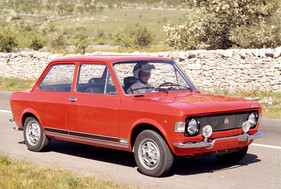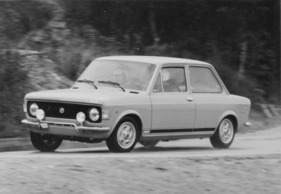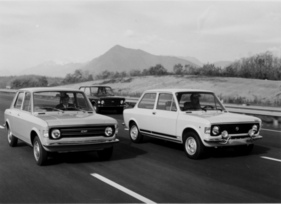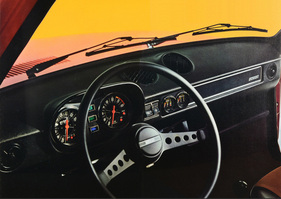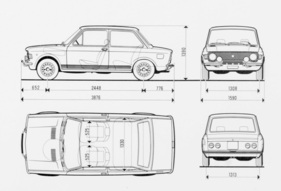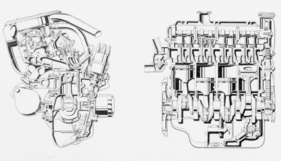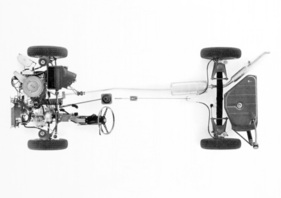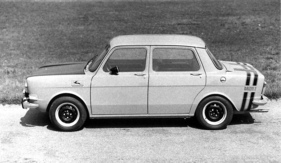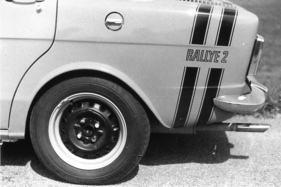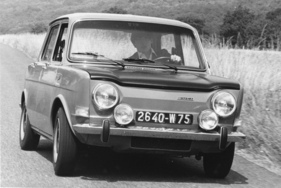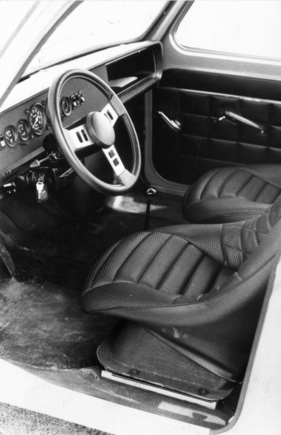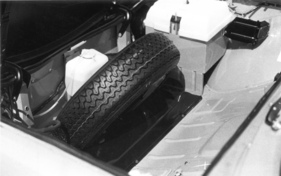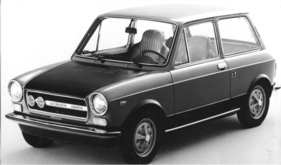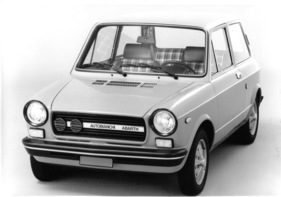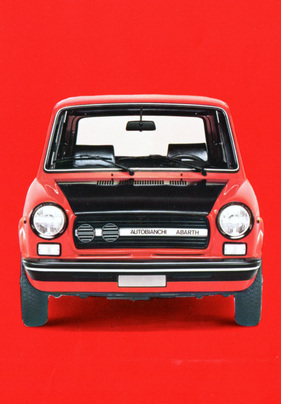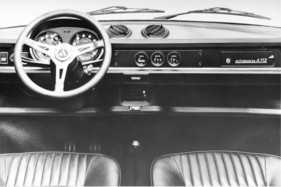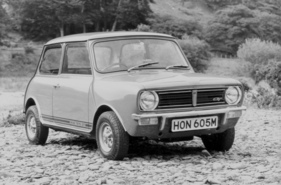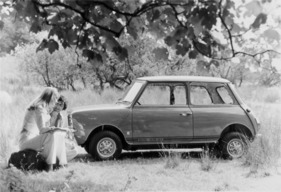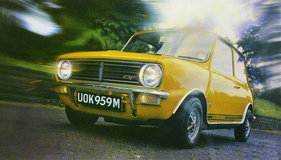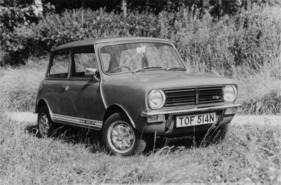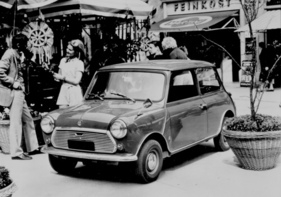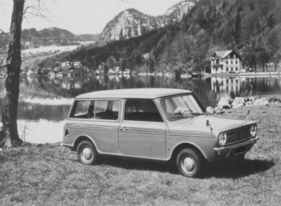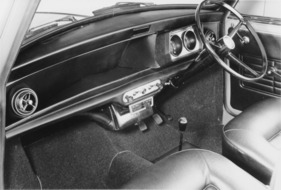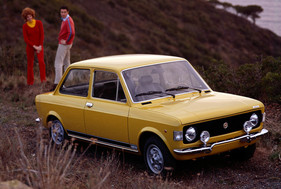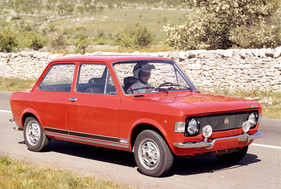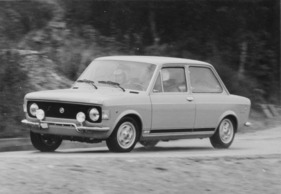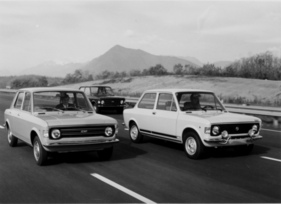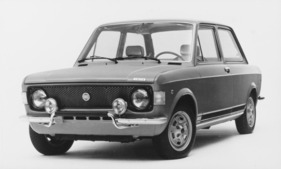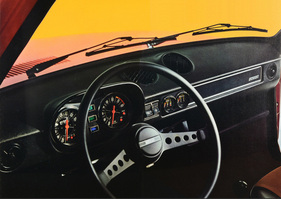The little savages - Fiat 128 Rally, Simca 1000 Rallye 2, Autobianchi A 112 Abarth and Mini 1275 GT in a (historical) comparison test
Summary
Gone were the days in the seventies when hardly anyone drove small cars, because in the age of parking space shortages and second cars, short, agile cars with as little superfluous sheet metal as possible were in demand like never before. Especially if they were also a bit sporty. The four candidates in the 1974 comparison test - Fiat 128 Rally, Simca 1000 Rallye 2, Autobianchi A 112 Abarth and Mini 1275 GT - had to prove themselves both in everyday traffic and on the Hockenheimring.
This article contains the following chapters
- Fiat 128 Rally quieter than its principle comrades
- Angular driving behavior in slalom: Mini 1275 GT
- Engine data
- Measurements
- Driving tests
- Driving behavior
- Prices
Estimated reading time: 17min
Preview (beginning of the article)
Gone are the days when small cars were only driven by people who couldn't afford a used Beetle. In the age of parking space shortages and second cars, short, agile cars with as little superfluous sheet metal as possible are in demand like never before. However, hardly anyone wants to settle for weak-chested Fiat 770-style vehicles; in terms of performance, road holding and equipment, it should be a little more. The forefather of all speeding shoeboxes was the Mini Cooper S, the fastest of the ingeniously designed Mini models, which also proved that small cars can have powerful engines without having to be low-flying. With its sporting successes, this powerful Mini, which cost an exorbitant 10,000 marks for the 1960s, built up an image from which the other Mini models, which were mainly modestly powered but sold in respectable numbers, profited for a long time.
Continue reading this article for free?
Photos of this article




